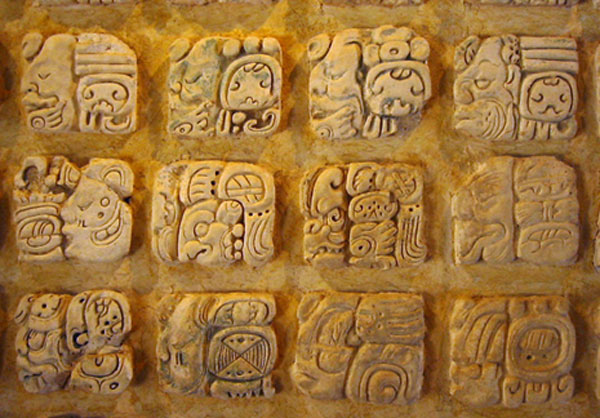NASA book explores how archaeology could contribute to understanding Extra-terrestrial Communication
A new book released by NASA as part of the official NASA History Series examines the contributions that archaeology and anthropology can make to contemporary SETI (Search for Extraterrestrial Intelligence) research. The authors draw analogies between deciphering the language and symbology of long-lost civilizations and decoding messages that may arrive from ‘other worldly’ origins.
The new book titled ‘Archaeology, Anthropology and Interstellar Communication’, edited by Douglas A Vakoch, Director of Interstellar Message Composition at the SETI Institute, is a collection of chapters by different authors who explore latest research regarding the search for extraterrestrial intelligence.
In the opening introduction, Vakoch sets out how the field of archaeology can contribute to this search: “As we search for analogies to contact at interstellar distances, archaeology provides some intriguing parallels, given that its practitioners – like successful SETI scientists – are charged with reconstructing long-lost civilizations from potentially fragmentary evidence”.
Anthropologist Ben Finney and historian Jerry Bentley draw a comparison between the decoding of ancient scripts, including Egyptian and Mayan hieroglyphics, and how we may be able to understand and possibly communicate with an extraterrestrial civilization, particularly through the ‘universal language’ of mathematics and astronomy. For example, when scholars began decoding ancient Mayan hieroglyphs, their earliest successes were in recognizing the basic numbering system used by the Maya, as well as their calendar systems, which were based on the visible motions of the Moon and Sun.
“Math and science provided the foundation for communication, just as many SETI scientists have predicted will be the case for interstellar communication,” wrote Vakoch.

Initial understanding of Maya glyphs came through recognition of mathematical and astronomical concepts.
In the book's last chapter, "Constraints on Message Construction for Communication with Extraterrestrial Intelligence," William H. Edmondson, senior research fellow at the University of Birmingham in England, draws upon another analogy by suggesting that ancient rock art may be an example of the type of symbolic communication that would be used by extraterrestrial civilizations and studying rock art could therefore help us understand possible communication from an extraterrestrial intelligence.
"It is helpful to review some parallels from human existence that pose problems for us today," wrote Edmondson. "One of these is "rock art," which consists of patterns or shapes cut into rock many thousands of years ago. Such ancient stone carvings can be found in many countries.”
Edmondson maintains that posing the idea that ancient markings were created by aliens is helpful for reframing the way we go about searching for signals from other worlds - and how we make contact.
"We can say little, if anything, about what these patterns signify, why they were cut into rocks, and who created them," he wrote. "For all intents and purposes, they might have been created by aliens."

A replica of an unusual cup-and-ring-marked stone from Dalgarven, North Ayrshire, Scotland. Wiki Commons
However, not all scholars share the same optimism about using knowledge from these fields to understand any possible communication from outer space. Archaeologist and anthropologist Kathyrn Denning, in her article ‘Learning to Read: Interstellar Message Decipherment from Archaeological and Anthropological Perspectives’, urges caution when choosing the models we use to understand interstellar communication. Denning points out that while information theory can provide a quantitative measure of the complexity of a communication system, it does not tackle the challenge of determining what the communication means. She further points out the false analogy between breaking a code constructed by other humans, and understanding a message from an extraterrestrial where we cannot assume any shared language.
Nevertheless, Voynach insists that exploring these issues are vital for preparing for a possible future in which contact arrives from extraterrestrial origins:
“These scholars are grappling with some of the enormous challenges that will face humanity of an information-rich signal emanating from another world is detected. By drawing on issues at the core of contemporary archaeology and anthropology, we can be much better prepared for contact with an extraterrestrial civilization, should that day ever come.”
Following a frenzy of media reports claiming that NASA announced ancient rock art is extra-terrestrial, a gross misrepresentation of the book’s message, NASA pulled the book and press release from their site. The book is still available as a free download from here.
Featured image: Maya glyphs in stucco at the Museo de sitio in Palenque, Mexico. Credit: Wikpedia




















Comments
I always think that "extraterrestrial civilization" thing is stuff and nonsense.
cool
Peace and Love,
Ricky.